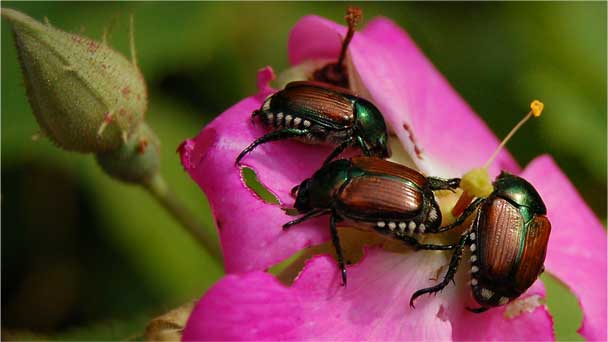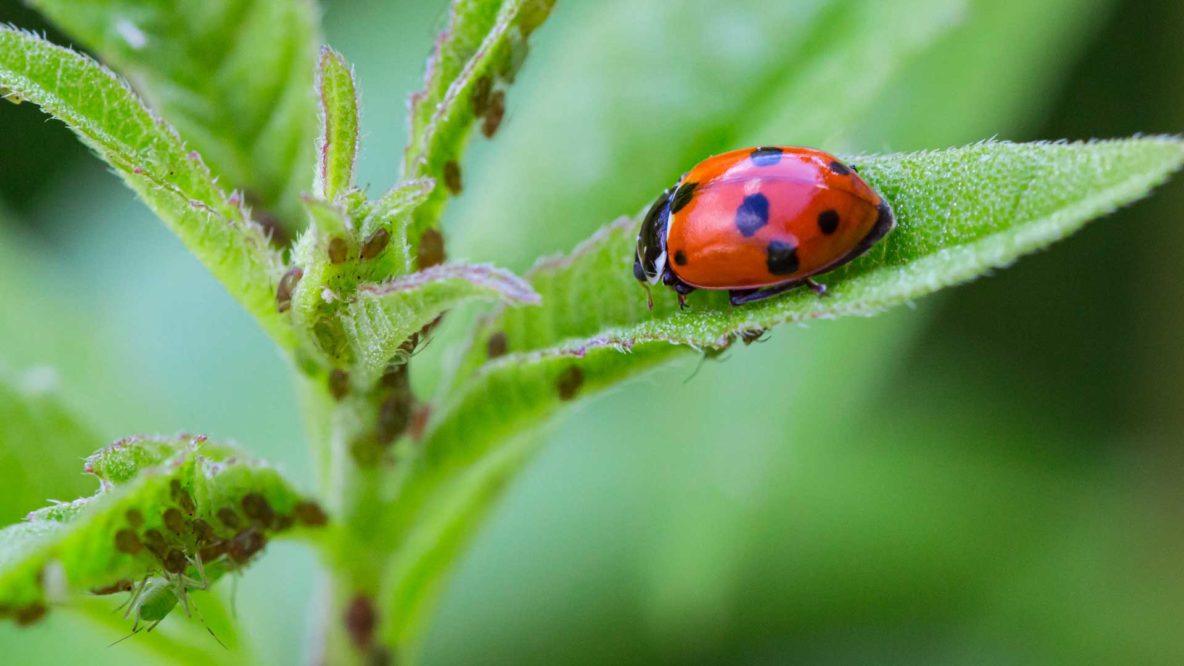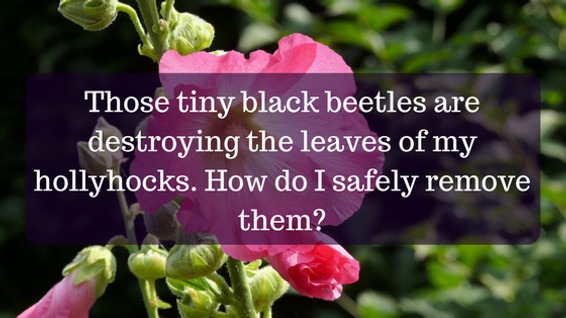Japanese Beetles damage plants as both adults and larvae. Adults feed on soft leaf tissue, leaving skeletonized foliage. Larvae feed on roots, especially turf grass, leaving dead, brown patches in the lawn. Cech out this blog entry for tips and products to address both the larvae and the adult bugs.
Ask A Gardener – Aphids
Monday September 10, 2018
Aphids are probably the most common garden pest in the whole world. There are over 4.000 different species of aphids spread out across every continent except Antarctica. Here in Colorado, according to the CSU Extension Office, “few plants grown (here) do not support at least one aphid.” Symptoms and Signs Aphids can be extremely varied in appearance (coming in green, …
Butterfly Bush
Monday July 9, 2018
Butterfly bush is one of the most versatile shrubs in the garden. Sometimes called "Summer Lilac," They’re fast growing, drought tolerant and provide beautiful color all summer long. The taller varieties make great background plantings, accent plants or even informal hedges, while the shorter varieties can fit right into your perennial beds. Their bright sprays of purple, white or pink …
Ask A Gardener – Earwigs
Monday May 21, 2018
Believe it or not, some people actually consider earwigs to be beneficial garden insects. They do feed on a lot of common garden pests such as aphids and mites. And contrary to the old wives’ tale about them crawling into your ear (shudder), they’re harmless to humans. But an out of control population of earwigs can cause a lot of …
Ask A Gardener – Hollyhock Weevils
Monday April 17, 2017
It can be difficult to make a diagnosis sight unseen, but from your description and the time of year, it sounds like those black beetles could be hollyhock weevils. These natives of Europe are now pretty common throughout the state wherever hollyhocks are grown. Life Cycle Hollyhock weevils overwinter under the soil around the flowers and emerge in the spring …



